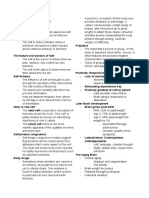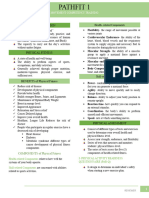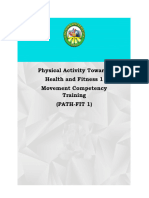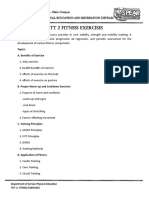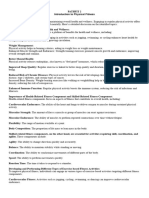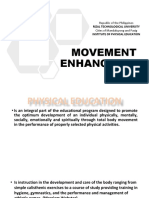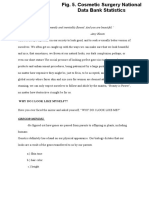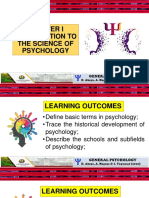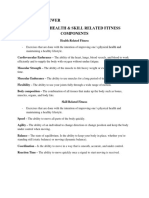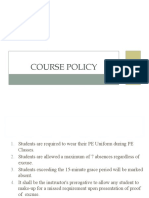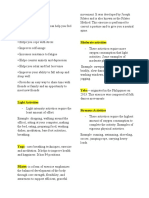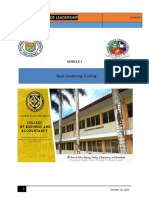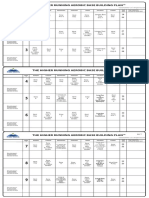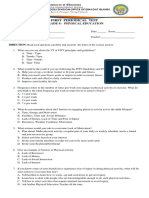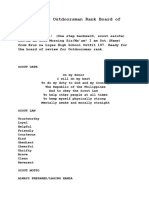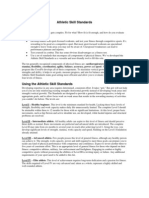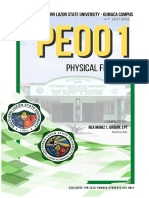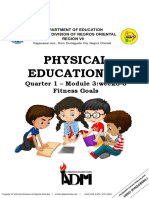0% found this document useful (0 votes)
776 views6 pagesNotes Pathfit 1
The document discusses several topics related to human movement, exercise science, and nutrition. It defines movement competency and its importance for physical education. It also defines the components of physical fitness including skill-related components like balance, coordination, speed, and health-related components like cardio-respiratory endurance and flexibility. The document discusses the skeletal system, muscular system, and properties of muscle tissue. It defines macronutrients like carbohydrates, proteins, fats and their roles. It also defines micronutrients like vitamins and minerals and how they support macronutrients. Finally, it discusses topics like warmups, cooldowns, and total daily energy expenditure.
Uploaded by
gonolap39Copyright
© © All Rights Reserved
We take content rights seriously. If you suspect this is your content, claim it here.
Available Formats
Download as PDF, TXT or read online on Scribd
0% found this document useful (0 votes)
776 views6 pagesNotes Pathfit 1
The document discusses several topics related to human movement, exercise science, and nutrition. It defines movement competency and its importance for physical education. It also defines the components of physical fitness including skill-related components like balance, coordination, speed, and health-related components like cardio-respiratory endurance and flexibility. The document discusses the skeletal system, muscular system, and properties of muscle tissue. It defines macronutrients like carbohydrates, proteins, fats and their roles. It also defines micronutrients like vitamins and minerals and how they support macronutrients. Finally, it discusses topics like warmups, cooldowns, and total daily energy expenditure.
Uploaded by
gonolap39Copyright
© © All Rights Reserved
We take content rights seriously. If you suspect this is your content, claim it here.
Available Formats
Download as PDF, TXT or read online on Scribd
/ 6






